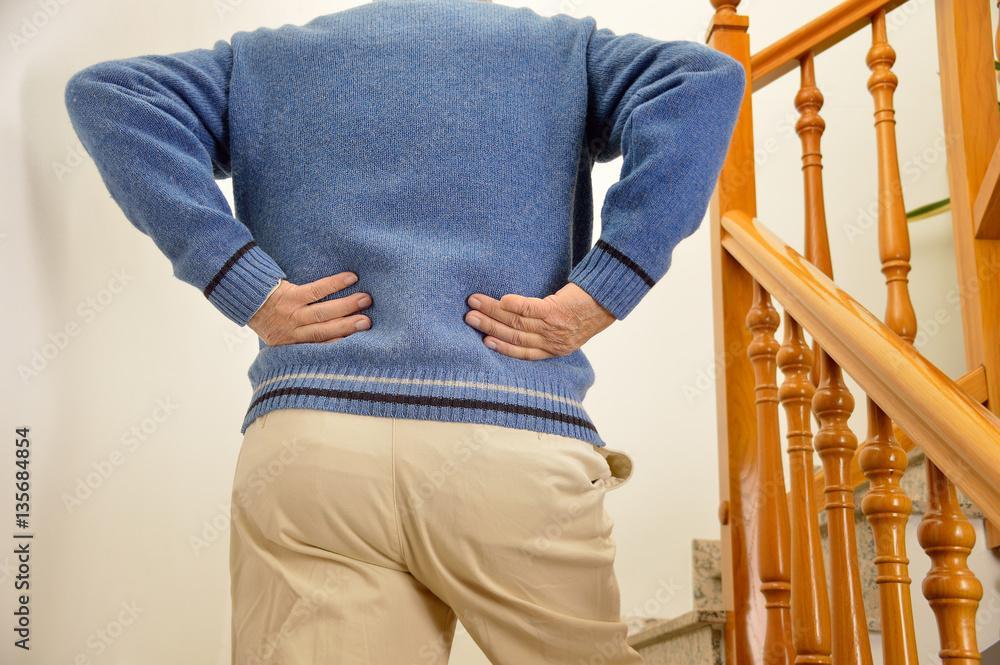Low back pain affects millions of people. The pain may be acute and go away on its own or chronic, lasting for months to years. Many issues lead to low back pain, including SI joint dysfunction.
Although most people don’t consider the SI joints when dealing with low back pain, it’s a common cause of ongoing discomfort. Sacroiliitis is painful and contributes to lower back, hips, and leg pain.
If you’re dealing with low back pain and need answers, Dr. Jordi X. Kellogg and the Kellogg Brain and Spine team are ready to help. Dr. Kellogg is a board-certified neurosurgeon who provides SI joint fusion and other treatments for low back pain and SI joint dysfunction.
What are the SI joints?
The sacroiliac joints, or SI joints, are essential parts of the spine and pelvis. They link the lower part of your spinal column, the sacrum, with the top portion of the pelvis or the ilium.
Weight transfer between your upper body and legs is the main focus of the SI joints. They’re stable structures that have very little motion. These joints only move a couple of millimeters at any time, which is incredibly limited.
Various ligaments, tendons, and muscles keep the SI joints stable. However, with age or injury, the SI joints may lose stability, causing motion within the pelvis and lower back pain.
According to the National Library of Medicine, 15-30% of low back pain results from SI joint dysfunction. That shows how essential these small joints are to your mobility and lifestyle.
Five signs your back pain is from SI joint problems
SI joint dysfunction isn’t the first issue that pops into your mind when you have back pain. If you have chronic back pain, though, it’s a good possibility that you have SI joint problems.
Most causes of back pain have similar symptoms, which makes it hard to tell if you need treatment. Knowing the signs of SI joint dysfunction helps determine the next step in treating back pain. Five signs your back pain may be due to SI joint problems include:
1. Stiffness
Problems with stiffness or motion in the lower back and pelvis are hallmark signs of SI joint problems. You may always have stiffness or pain when walking up steps or bending over to pick up something.
2. Sciatic-like pain
The confusing part of SI joint dysfunction is that it mimics other conditions, like sciatica. Living with SI joint pain often presents as pain in the lower back that extends down the legs but ends at the knee.
You may also have sharp or stabbing pain, tingling, or numbness in the legs and lower back. The symptoms may extend into the buttocks and thighs as well.
3. Instability in the low back
The SI joints don’t move much, only a couple of millimeters at a time. However, when you have SI joint dysfunction, they may move too much, leading to pelvic instability. It might feel like your pelvis is about to buckle with movement.
4. Spreading pain
Some conditions only cause pain in the lower back, but not SI joint dysfunction. The pain related to the SI joints often spreads from the lower back to the groin, buttocks, and hips. You may feel the pain on only one side or both.
5. Worse pain with climbing stairs
Anything that exerts pressure on the SI joints, such as particular movements and climbing stairs, may worsen your pain. Lying on the affected side, running, or simply walking may worsen your pain.
If you have any of the above symptoms, it’s a good idea to seek treatment from Dr. Kellogg. He thoroughly evaluates your spine and symptoms and orders an X-ray and MRI. These tests help him figure out what’s causing your pain.
Dr. Kellogg offers various treatments for SI joint dysfunction. He often recommends conservative treatments first, but if they don’t work and you’re still in pain, he gives SI joint fusion surgery.
Call Kellogg Brain and Spine today to schedule a consultation for back pain with Dr. Kellogg, or request an appointment on the website.


